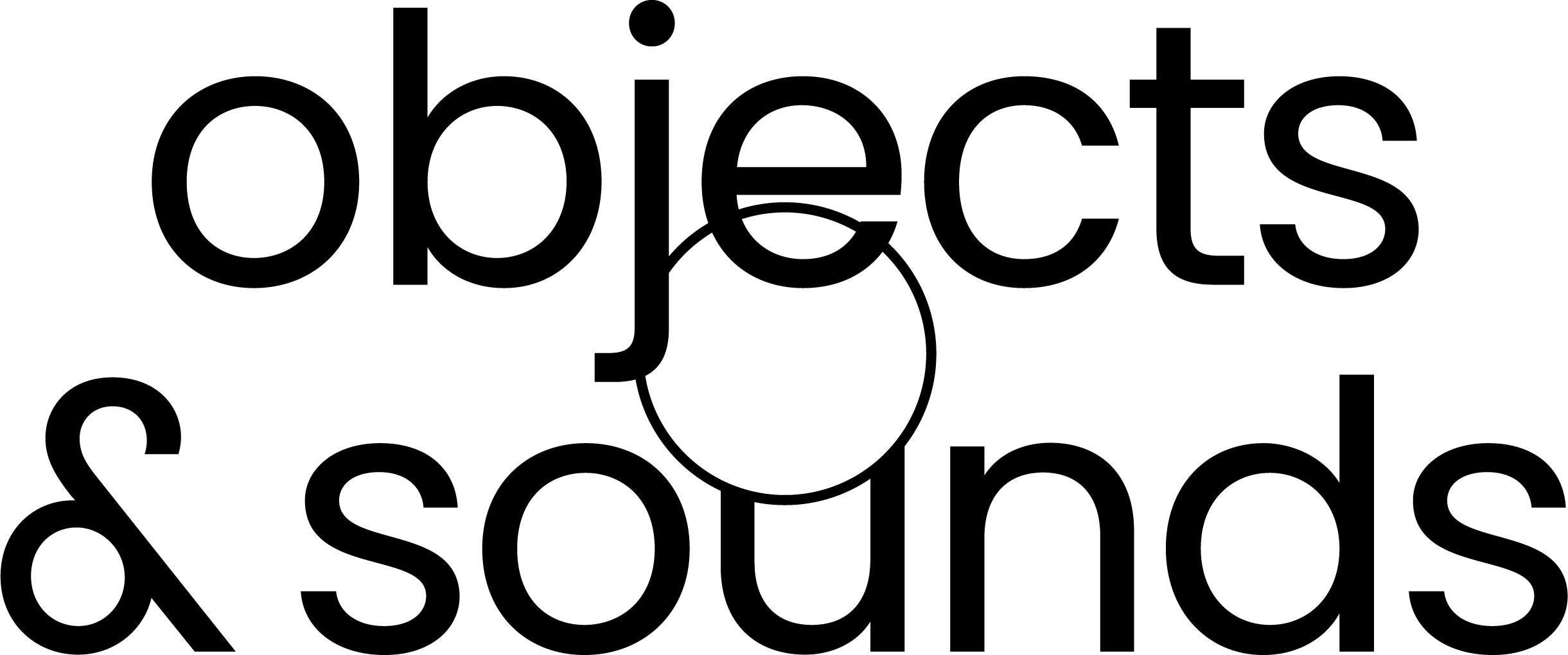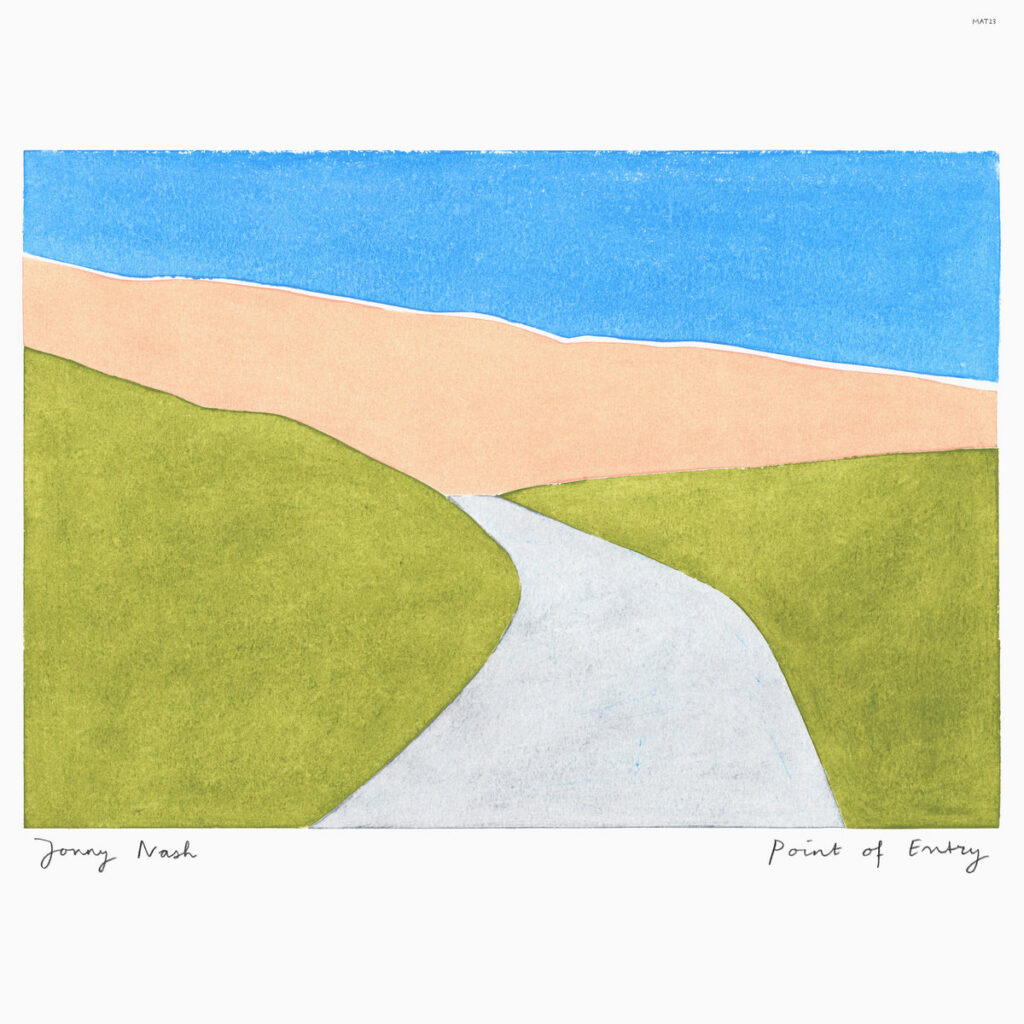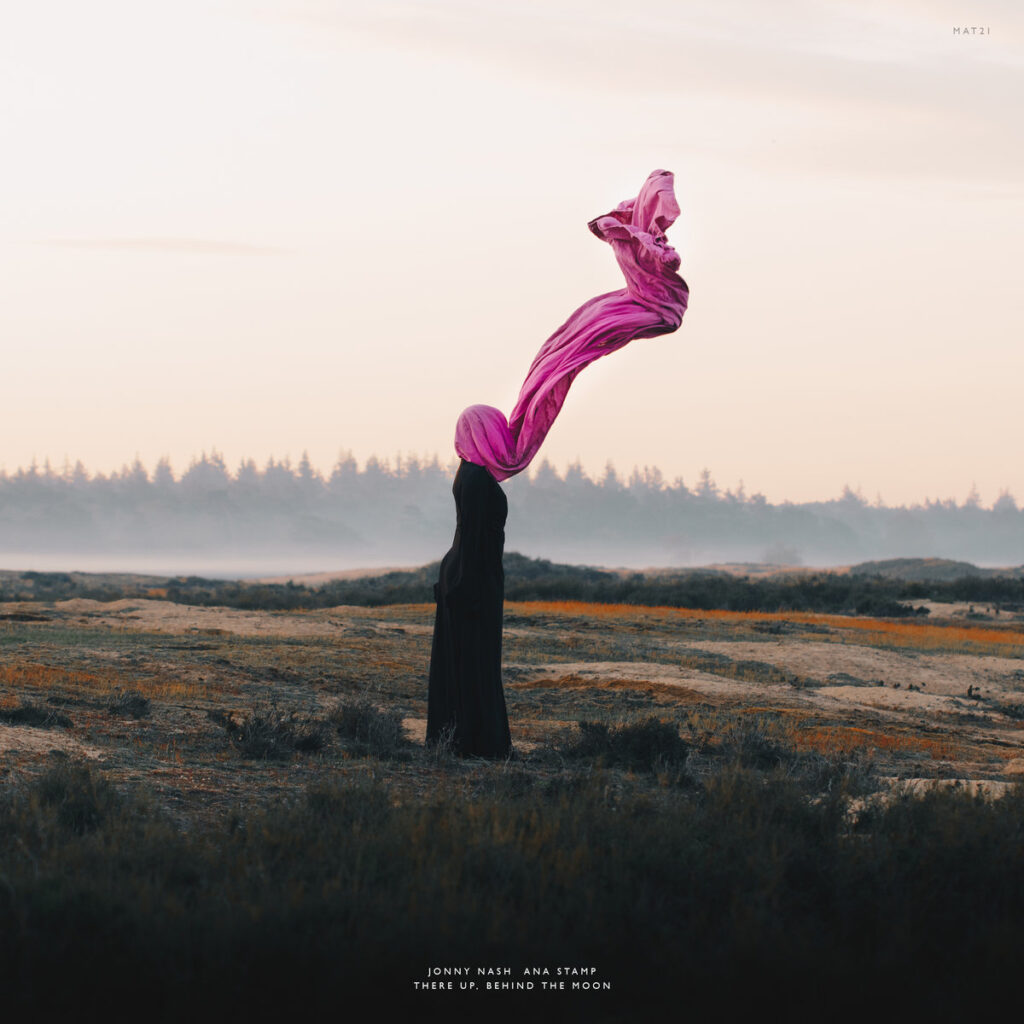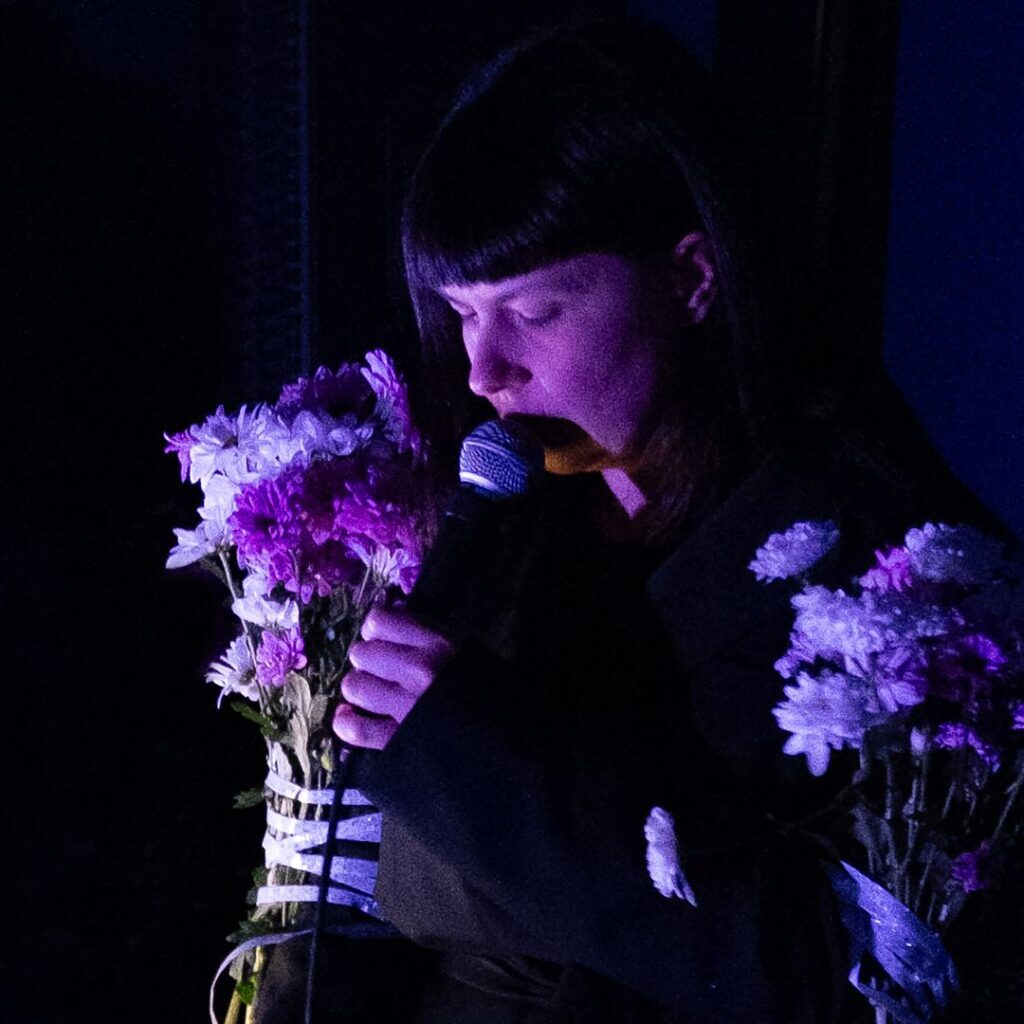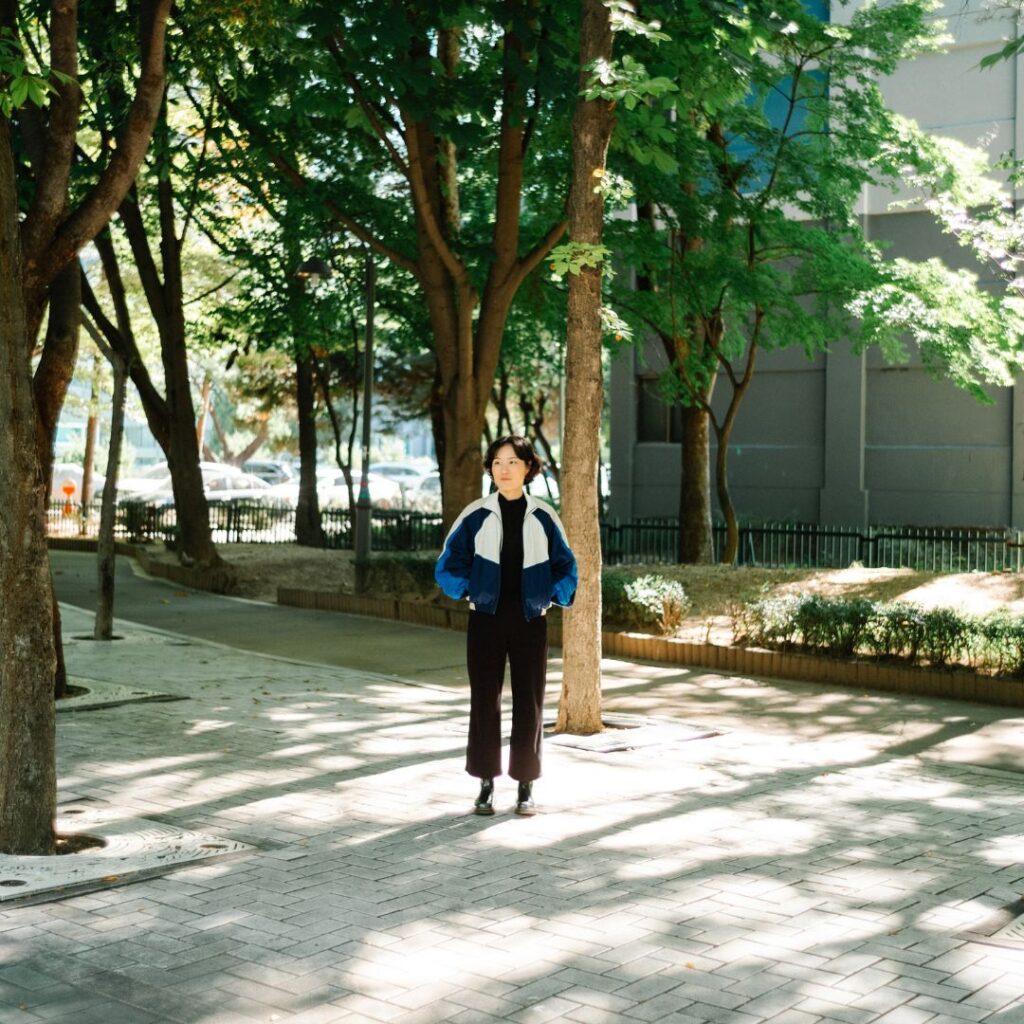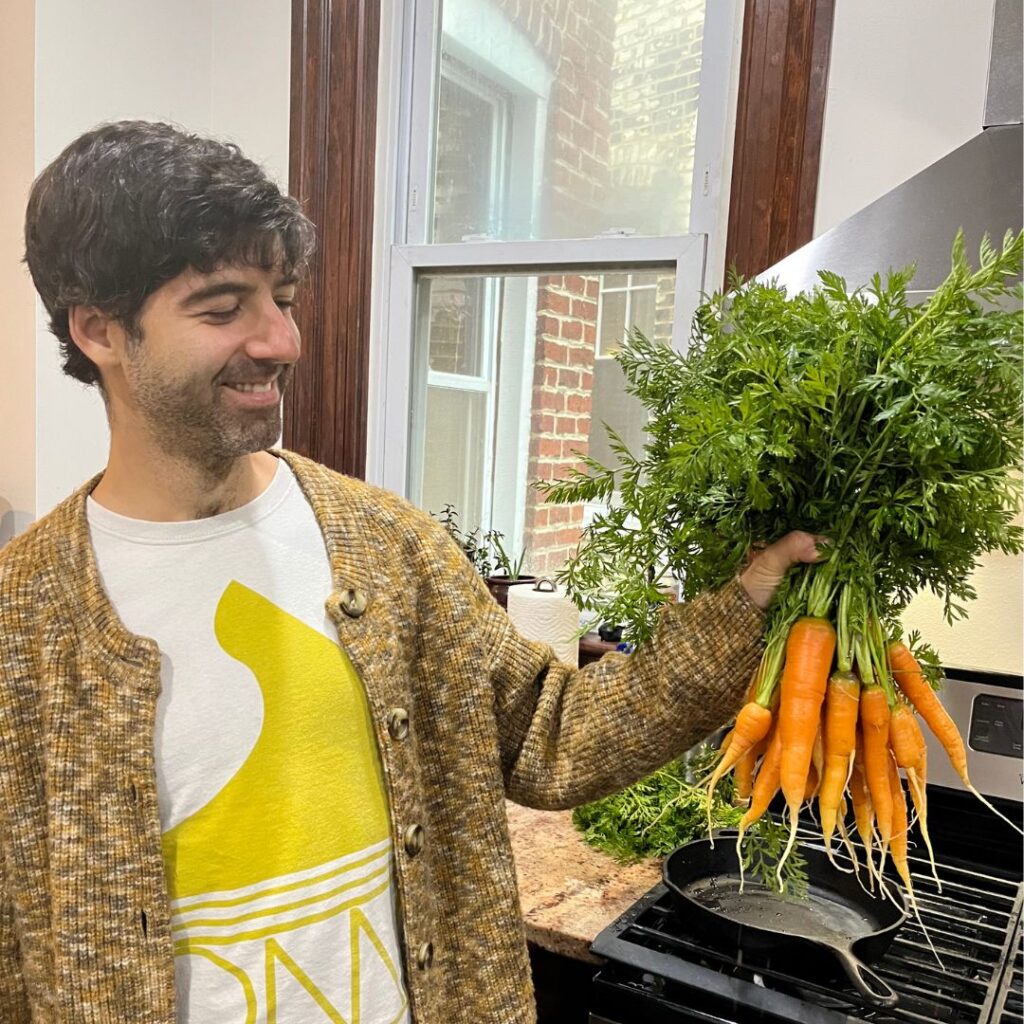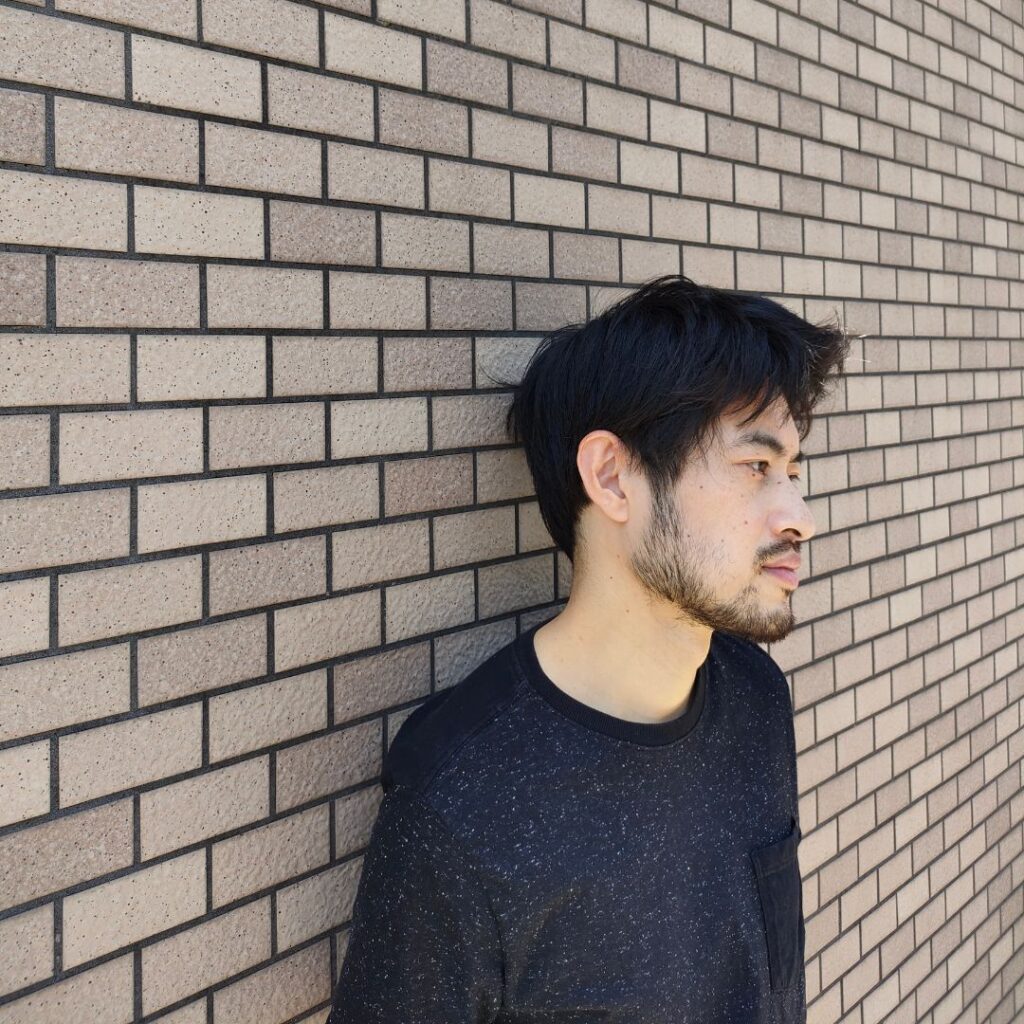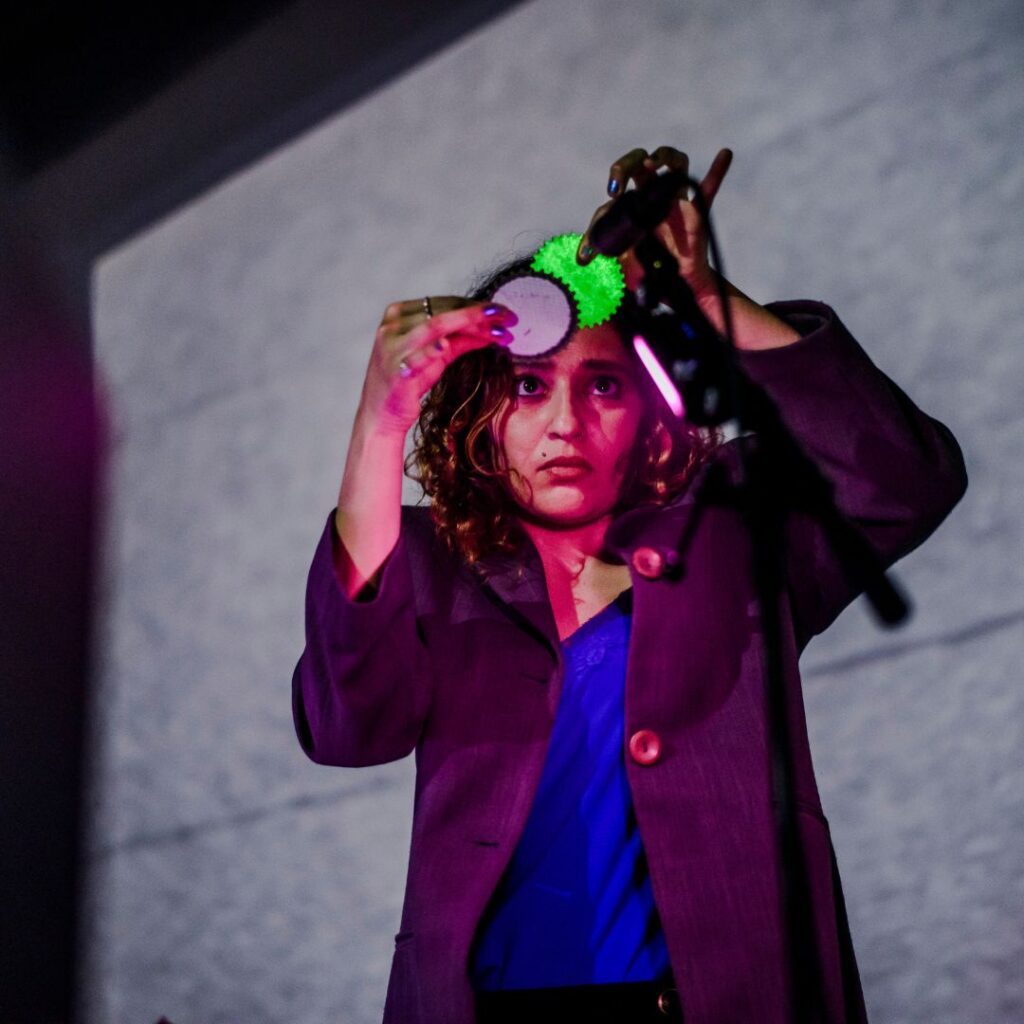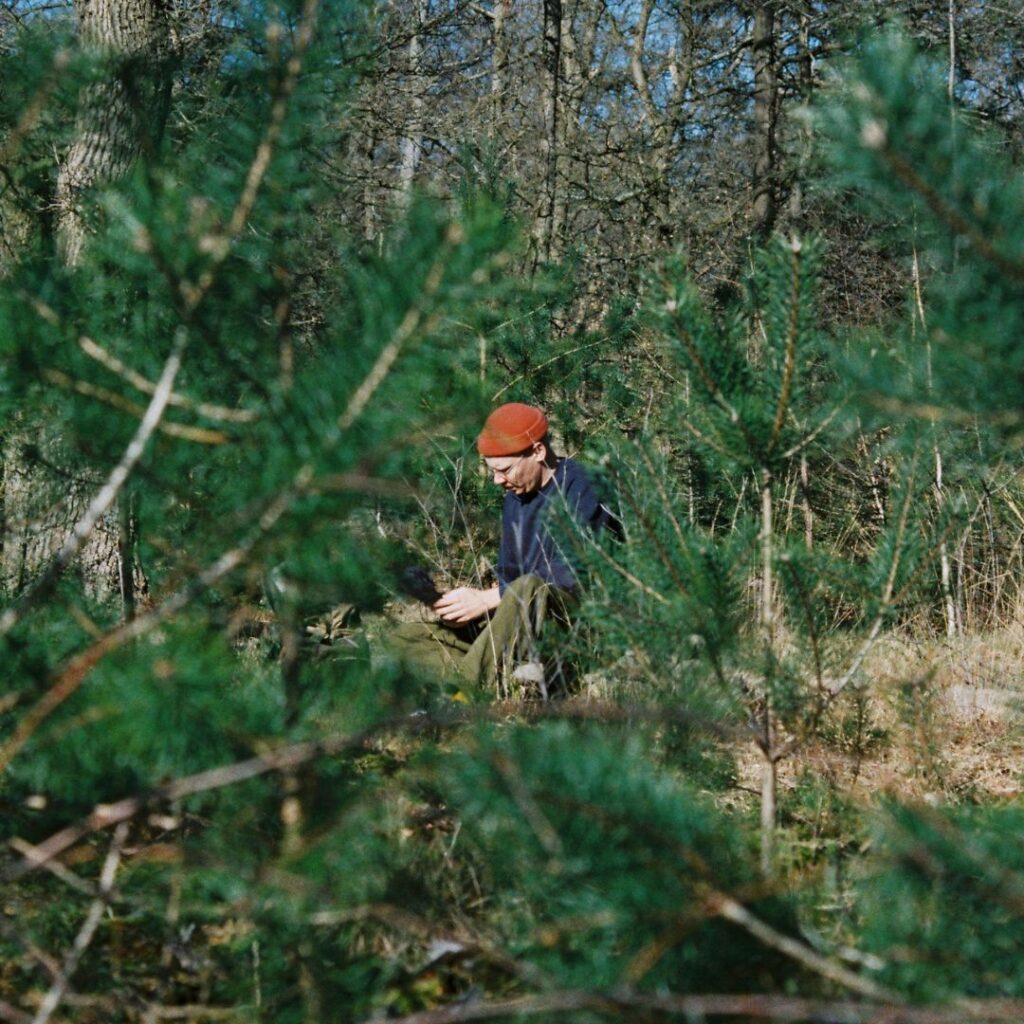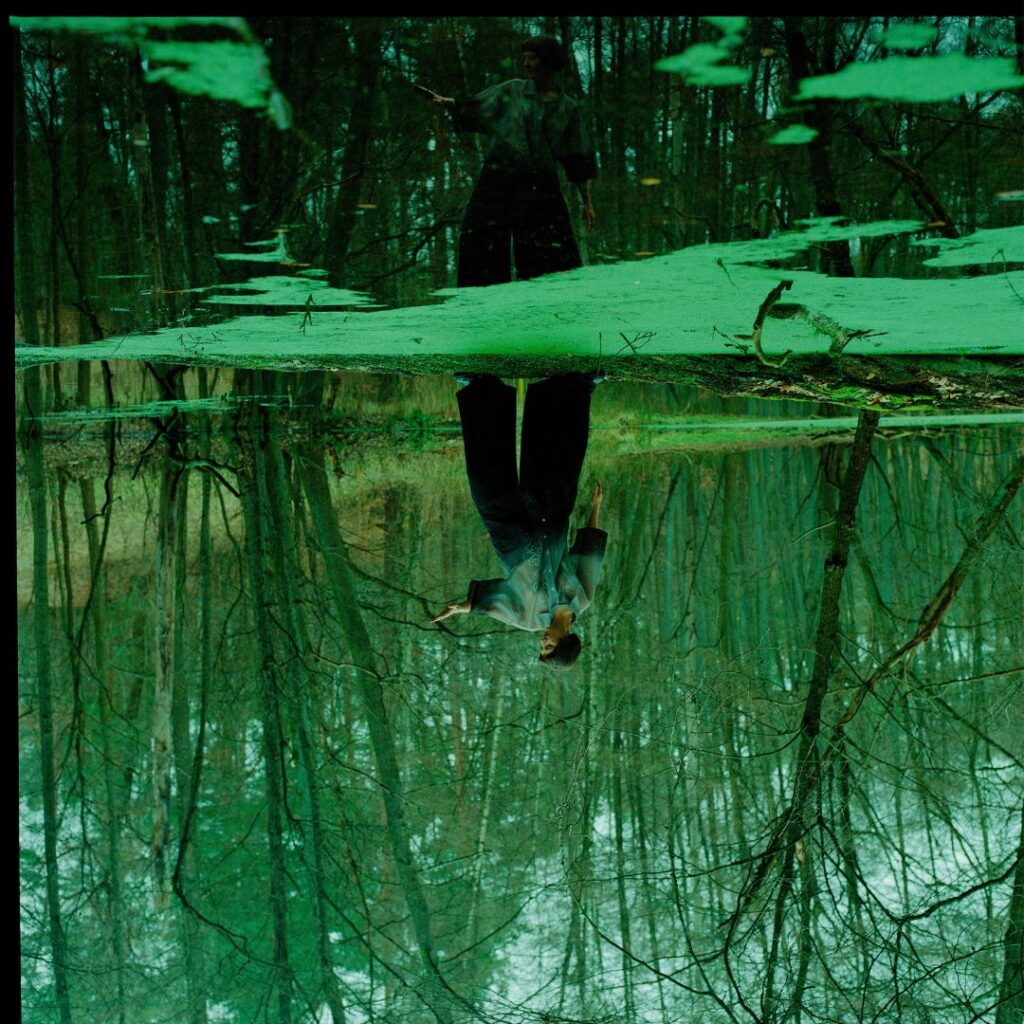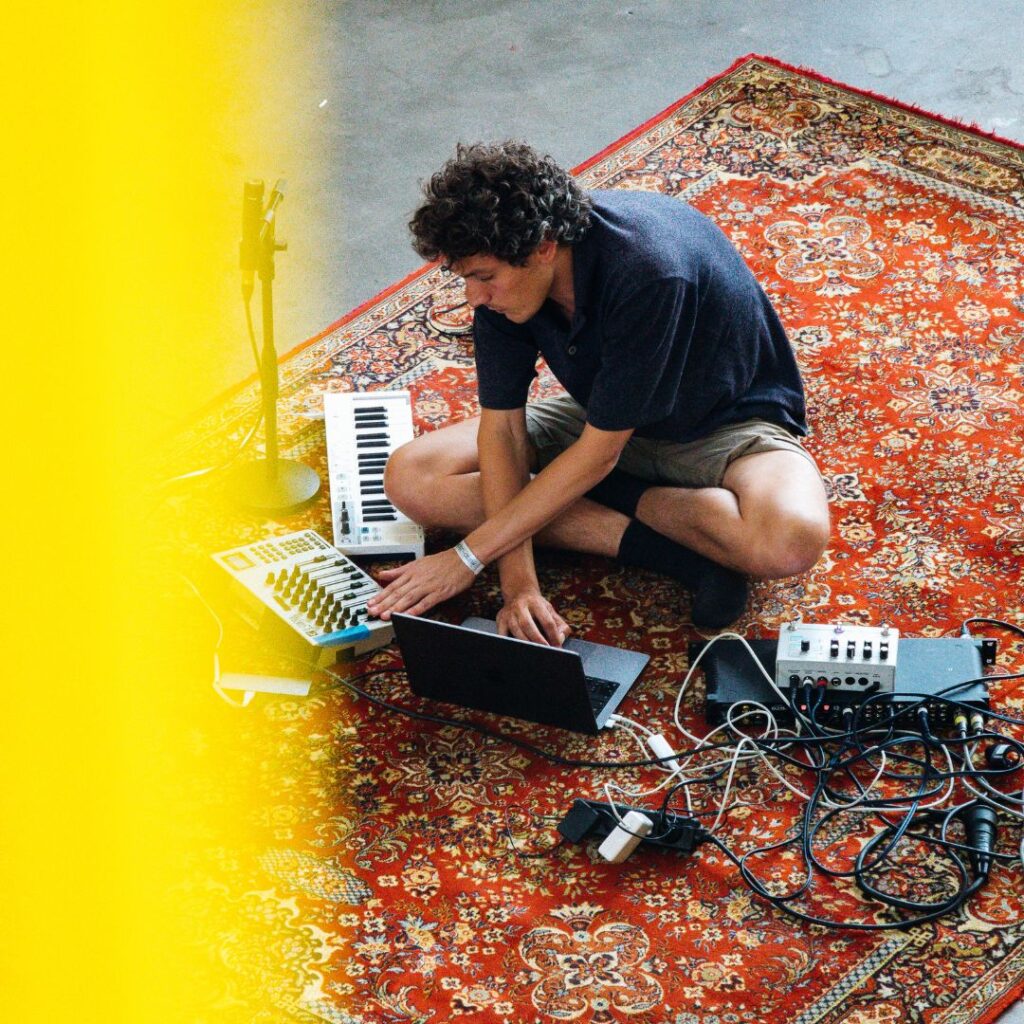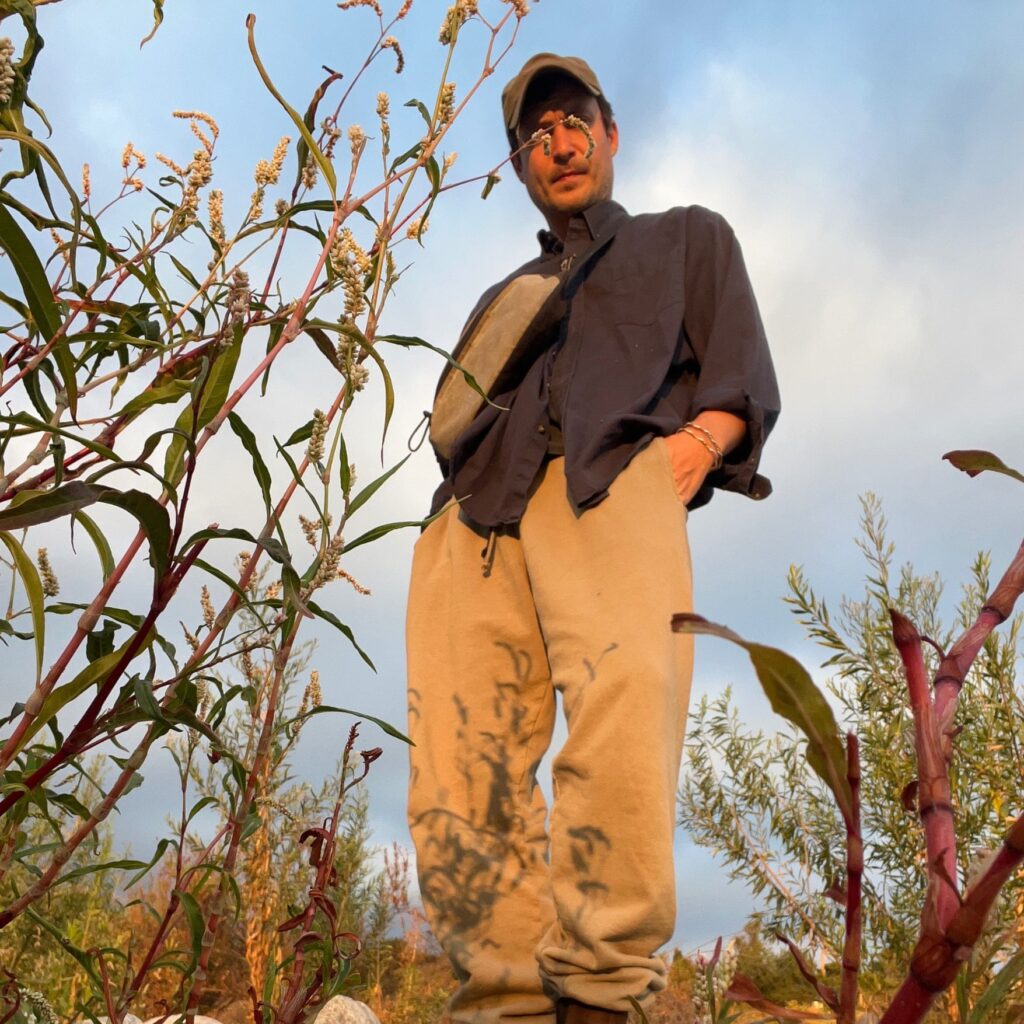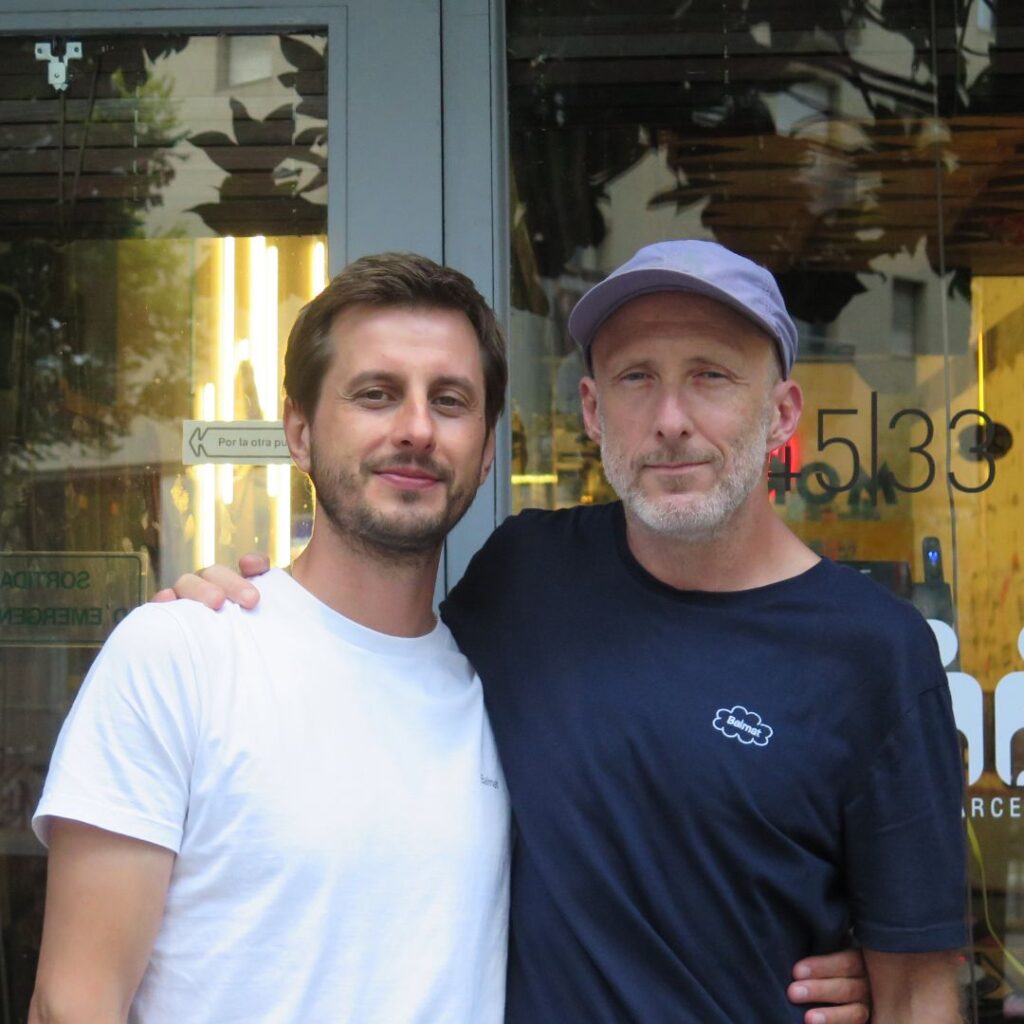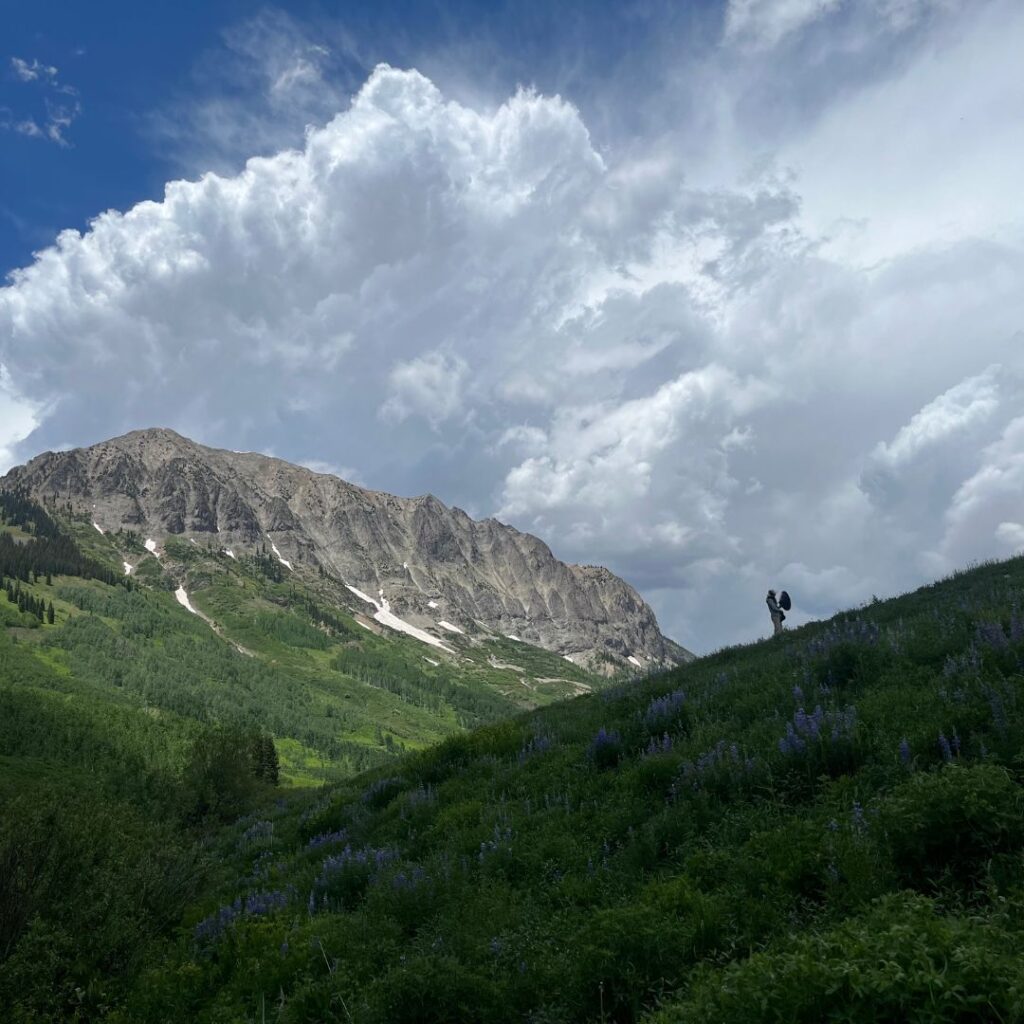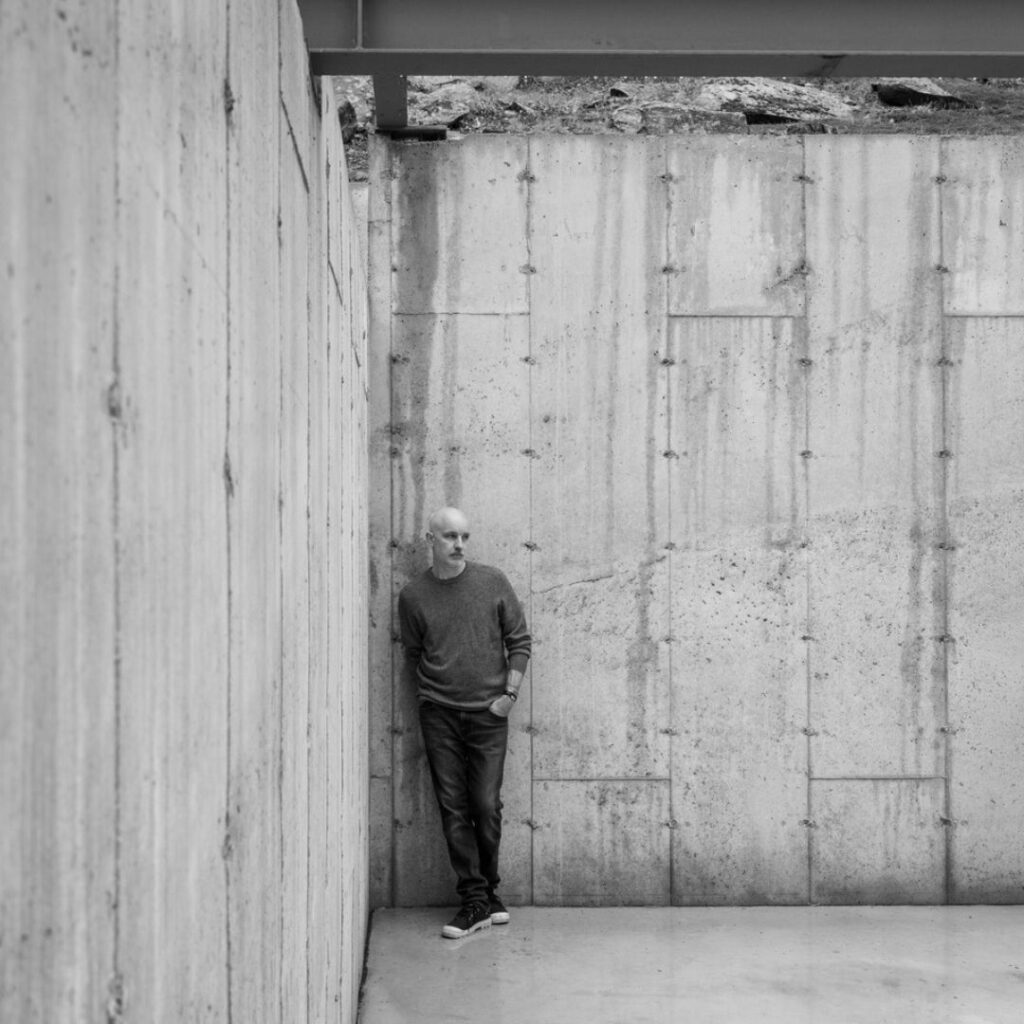Journeying full circle with Jonny Nash
Over the past decade, Jonny Nash’s affinity for both electronic experimentation and acoustic elements has left an indelible mark on his sound, while simultaneously establishing the groundwork for his label, Melody As Truth.
Drawing inspiration from personal experiences, collaborative endeavors, and a diverse array of influences, Jonny’s music seamlessly weaves together elements of folk, guitar-based melodies, and ambient atmospheres without putting a strict boundary on their interplay.
With the release of his new solo album after four years, Jonny reflects on how this body of work represents a journey that has come full circle, while also serving as a marker for a new chapter. It couldn’t be more fittingly titled, as it signifies a point of entry into an inward world where he joyfully reconnects with his creative essence while confidently exploring new grounds.
Can you make music all the time?
I sometimes get into a zone that may last for three or four months, where I can work on music every day and feel like it is going in the direction towards something concrete. It’s usually triggered by a change of space or new equipment that I want to work with. There are also periods when things don’t seem to come together, but I still make a point of working regularly in the studio because I’m a firm believer that something interesting will eventually happen if you just consistently show up.
For this new album, it was a change in working space that helped trigger a productive period. My partner’s home office was not needed for a while, and I decided to bring back some of my studio equipment to our home, enabling me to work productively almost every day for about six months.
So, how did you know that it’s coming together for the new album?
I always have this image in my head, kind of like a seesaw that balances preparation with execution. I see one side with all the elements that make up the desired palette, so to speak. Once the weight surpasses a certain point, it tips over, and then I can enter a sort of flow zone. It’s hard to pinpoint exactly when that happens. I have an intuitive sense of when I have enough elements collected in my head for what the record should be. When that happens, the focus shifts towards execution, where deliberate thought takes a backseat, allowing the creative energy to guide the process.
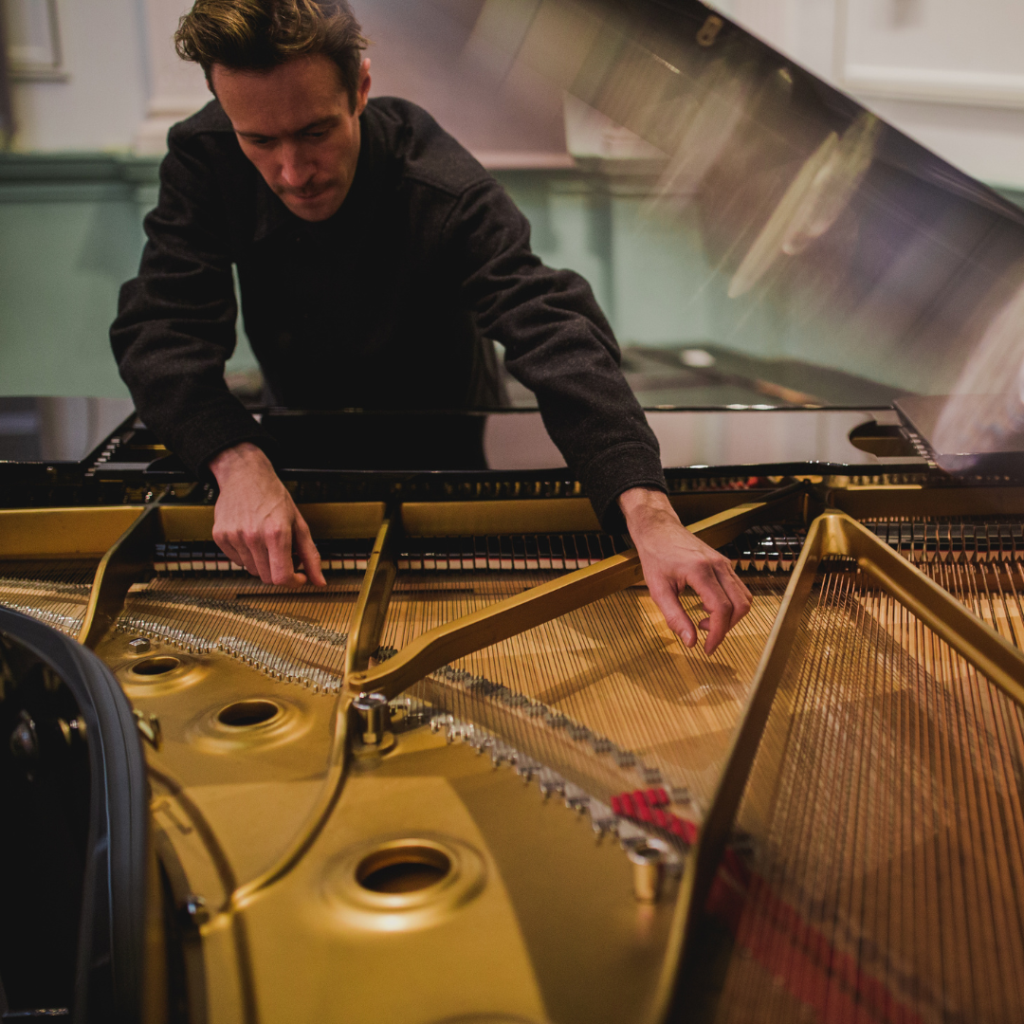
Does the palette go back in time?
Definitely. At the core, there are certain ideas or feelings that I have consistently attempted to express since I began making music. There are recurring themes or elements that I cannot escape from, even if I wanted to, as they are just so ingrained in how my brain and ears perceive and create music. Alongside this, new ideas and concepts also emerge as a result of growing, experimenting, and keeping curious. The palette is kind of a mix of both these things.
With some records, it’s often pretty clear from the start what I’m trying to achieve. In the case of the last two records I worked on prior to “Point Of Entry,” there was a strong focus on particular instrumentation and/or musical traditions, as the projects were centered around collaborations with other musicians who brought their personal cultural influences to the table. However, for the new record, one of the main ideas was to have no fixed concept of instrumentation or style. It was all free-form, almost like a stream-of-consciousness improvisational approach. It was nice to allow for what unfolds when I simply jam and play, without the need for a dialogue with someone else.
When we listen to your collaborative work, whether it’s with Diego Herrera (Suzanne Kraft), Teguh Permana, or Ana Stamp, your sound is prominently present. How do you ensure that your sound is infused into these projects?
When it comes to the collaborative records with Teguh and Ana, I immediately recognized and heard something in their music that resonated with the sound I wanted to explore at that time. Because of this, both of those collaborations didn’t present much of a challenge when it came to incorporating my ideas and sound into the music. From the very beginning, I was drawn to these projects, sensing that they would fit seamlessly.
With Teguh, I was aware that his instrument, the Tarawangsa, with its long, soaring melodic lines, would be a perfect match for the sparse piano and guitar work I was exploring during that period. Similarly, in the case of Ana, as I delved into acoustic minimalism and sparse suspended chords, I knew her melodic lines would blend effortlessly on top. These two collaborations clicked due to the harmonious balance between the instrumentation I was eager to experiment with at that time.
Do these collaborations also play a role in shaping your new work or in the way you perceive and approach certain aspects?
Yes, definitely. That’s one of the reasons why I enjoy and have worked on numerous collaborative records. With each record, I often discover one or two elements that deeply resonate with me and find their way into my own work, influencing it from that point forward. I really enjoy this aspect of the creative process, where over time, through these diverse experiences, your artistic palette expands. Even if it’s just a small thing you learn from each collaboration, it all adds up to become something quite significant.
For example, the experience of working with acoustic instruments in previous records had a real impact on “Point Of Entry.” In contrast to earlier works that heavily featured electronic sounds, this new record is really a fusion of acoustic recording techniques and electronic elements.
Overall, on this album, I felt that I could draw upon the experiences gained from all the previous collaborations, whether it was with Diego, Gigi, Marco, or Teguh. My intention was to create a record without deliberately thinking about one specific overarching concept. Instead, I wanted to blend various elements together, taking a little bit from here and a little bit from there.
When listening to the new record, there is also a sense of returning to a sound that has always been present in your solo work.
It’s an interesting balance. Often in the past, when thinking about making a record, I have really wanted to actively try new things and experiment with different techniques. But what happens if you don’t try this? It’s a challenge because you wonder if you’re just returning to things you’ve done before and covering familiar ground. Am I not expanding enough? Am I being lazy? These are the sorts of questions that come up… But I felt confident and comfortable enough to not let those thoughts linger in my head and simply make the record purely out of a sense of fun and sheer enjoyment of the process. I had this feeling that all I needed to do was rely on what I’ve learned, the techniques I naturally gravitate towards, and have fun without any expectations. I felt deep down that this would result in the most honest expression of what I was feeling and hoped to convey.
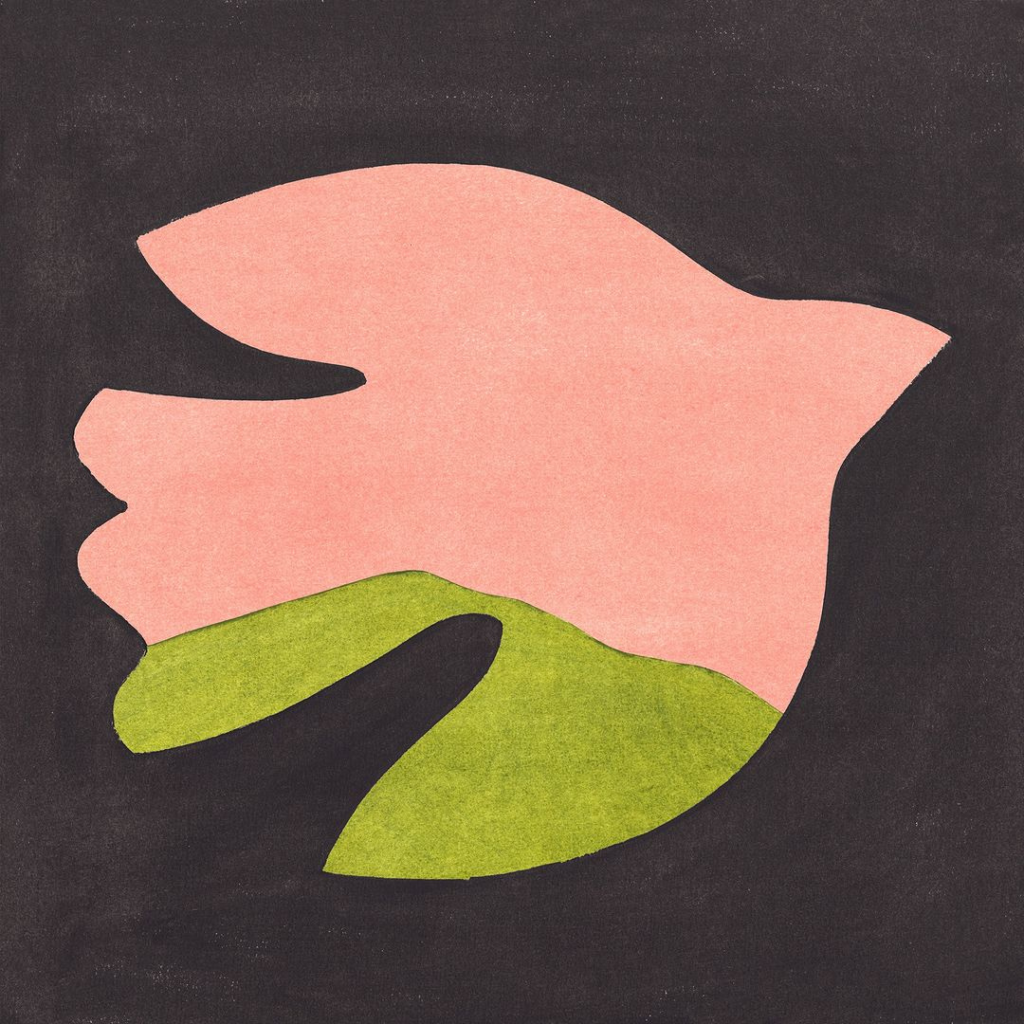
And what led you to the realization of just letting things happen?
My last solo record was “Make A Wilderness” for Music From Memory in 2019. It was a pretty conceptual record influenced by ideas of a specific environmental space and contrasting textures. Since then, I have made three collaborative albums, all of which began with a pretty specific framework. I learned a lot making all of these records, and they definitely gave me more confidence to just let go.
I simply also just wanted to have fun and enjoy making a record! The challenges posed by the pandemic obscured some of the joys of running a label for me, so it was important to focus on the act of simply enjoying myself and making something without any specific expectations. I took a break from releasing records on MAT during 2022 so I could reconnect with the reasons why I started and continue to pursue music. Releasing this record was a way to recenter myself, reminding me of the reason why I do what I do and why it matters to me.
What is it that you were trying to express with the record?
Something warm, human, and positive! Despite there being no major concept to the album, it was shaped by certain ideas and feelings. My partner and I have a small cottage by the sea in North Holland. I spent a significant amount of time there, listening to music with the beautiful morning light coming in. The album was subtly rooted in the idea of crafting music that fits well with the space–an LP that I would want to endlessly flip back and forth on the turntable there.
Whenever I faced a decision in the creative process, I always kept that space in mind and remembered the feeling of listening to music there. It served as a loose conceptual framework for the project and helped to keep it on track.
Do you consider music to be visual or spatial then?
I think so, as I often associate the music I am working on with a specific space or environment. “Make A Wilderness” is rooted in the idea of a vast space that exists both thousands of years in the past and the future simultaneously. I also believe that my music has a strong connection with light. Most of the visual feelings I experience when thinking about creating a record are related to different types of light. In the context of the new record, the visual and spatial aspects of the music are closely tied to the morning light that enters through the cottage and the unique atmosphere it creates when listening to the music in that space. These sorts of visual triggers can have a profound impact on shaping a record, even if they’re very subtle.
And do you think, Jonny, you found your sound?
Having made quite a few records over the last decade, I think it is now possible for me to look at my work from a distance. The desire to consistently revisit certain elements contributes to a distinct sound, signature, or style, whatever you may call it. Now, I am comfortable balancing between indulging in these elements and simultaneously pushing against them. I believe that somewhere within that balance lies the sweet spot.

Aside from being an outlet for your own musical expression, you have also released music from other artists like Brian Allen Simon, Hugh Small, and The Havels. What is it about their music that has resonated with you?
What I release on the label reflects where my head is at a particular time and what resonates with me. When it comes to The Havels, their music was introduced to me during a time when I was immersed in exploring folk music and experimenting with recording techniques for acoustic instruments. Their music blew me away and felt incredibly special. I had a very natural feeling that I wanted to give it a home on the label. As for Brian’s and Hugh’s collaborative record, Brian just sent me the demos, and I found myself listening to them every morning, forming a strong connection to the music. It doesn’t happen very often that I release others’ music. There needs to be a genuine and special connection, almost to the point of feeling a sense of admiration and wishing I had created that record myself.
The label will always be small and will always reflect my state of mind. I think there will always be space in it to evolve and change as well. However, two things have remained consistent since the early days of the label: it’s primarily an outlet for my music and also for my friend Diego Herrera’s (aka Suzanne Kraft) music.
Those who follow the label have really witnessed the trajectory and evolution of both your musical sensibilities. It’s nice to see that you both embrace change and, in a way, find yourselves returning to certain aspects of your musical journey.
Looking back at the catalog as a whole, both Diego and I have really explored various ideas and enjoyed experimenting with different approaches. There has always been a spirit of curiosity and a willingness to try new things. There has never been a set boundary for what the sound of the label should be. The fundamental purpose of the label’s existence is to provide a free outlet for the music that we want to create, in whatever form or shape it may take. The label will always serve as an expression of whichever direction this goes.
And yet, even though it’s a free outlet, there is a certain sound or sentiment that connects all the releases together.
This comes back to our discussion of “signature.” I guess our ideas and sensibilities will always be a signature that reflects who we are in every record. Whether it’s the more experimental works from the MATstudio series or our earlier releases, I’d like to think that our ideas and sensibilities are the common thread running through them, which represents our musical DNA, so to speak.
Is there a particular sensibility that has shaped the sound of the label?
I have always been interested in music that explores space and silence. Simultaneously, I have also been deeply drawn to guitar music, indie, and shoegaze. These two threads have always been present in my musical inclination, and the same can be said for Diego. We share an equal passion for all forms of indie/rock/folk music while also exploring electronic sounds and crafting ambient music. I believe this duality is the DNA of the label, operating on the boundary between more abstract electronic ambient music and song-driven guitar music. MAT encompasses different shades of these two sides.
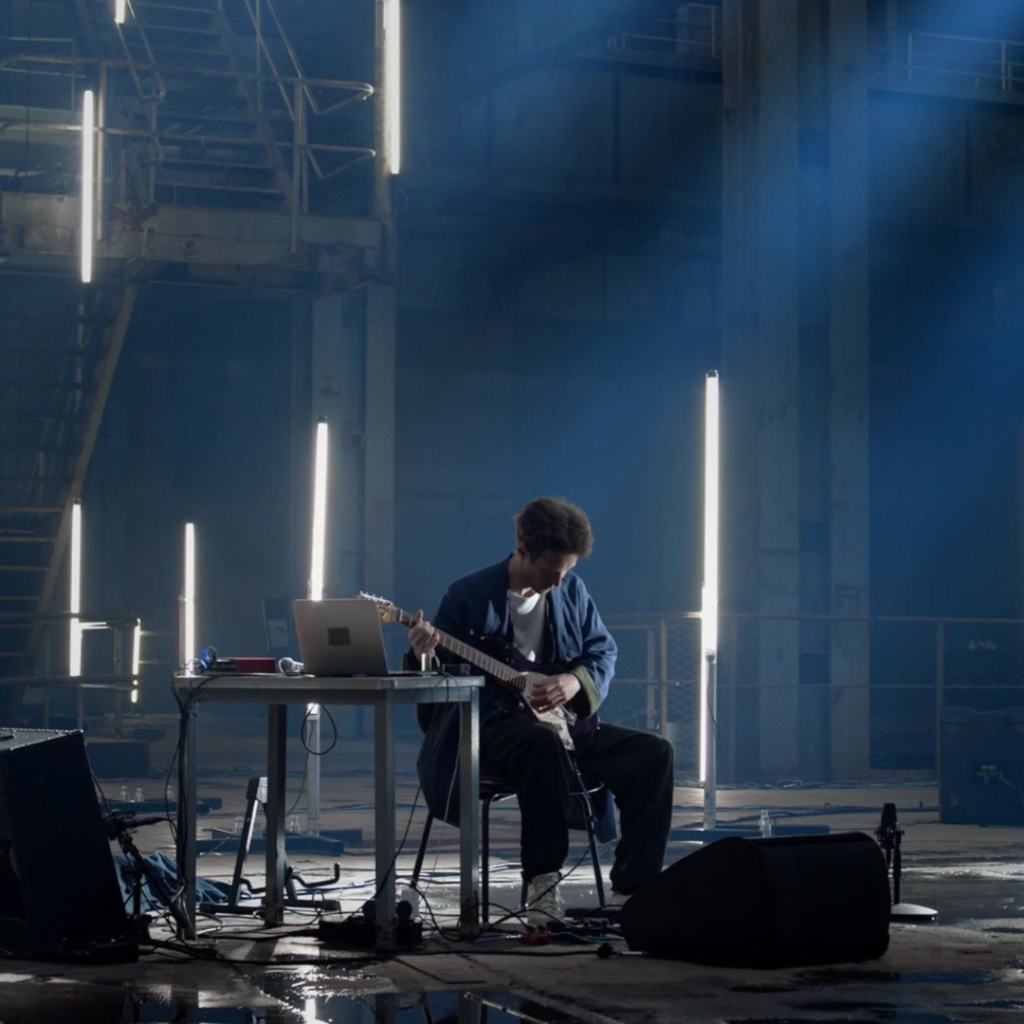
So, it’s essentially about the dynamic interplay between electronic experimentation and more traditional guitar-focused “songs”?
I like having my feet in both worlds, and it’s all about finding and creating that balance. I enjoy having a mix of free-flowing ambient pieces and structured songs on the same record. That aspect is something I find particularly appealing, and I believe it’s a defining characteristic of my work, even in older records like “Passive Aggressive.” For example, you have a long textural song like “Photo With Grey Sky, White Clouds” opening the record, and the short song “Time Being” ending it.
One of my favorite things about “Point Of Entry” is how all the elements fuse together across the record and even within individual tracks. I feel it’s a pretty seamless blend of these two sides of my sound. Structured songs and lyrics, smudged textures, space for parts to breathe–it’s all in there! I think it is a kind of culmination of different experiences, coupled with the confidence to not force anything beyond what happens naturally. It’s a nice place to be, and I look forward to continuing to create music with that sense of playfulness, for however long that period may last.
You’re really riding the wave. And what’s next for you, Jonny?
My plan is to continue working on more material and plan a tour in the middle of next year, possibly with a band setup. Developing a live show is quite a big project, so my intuition is telling me to ride this wave for a little longer.
There are a few pieces that didn’t make it onto the current album, so I already have a strong starting point based on the things I set aside. I am inclined to incorporate more rhythm and percussive elements into what I’m working on next. But who knows, once I dive in, it may morph and take on a different form. I just want to allow the creative process to unfold naturally, without overthinking too much, and see where it leads.

